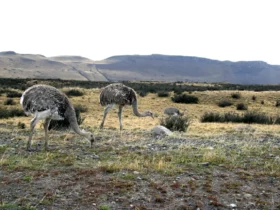In the remote forests of New Zealand, an extraordinary parrot species graces the ancient trees—the Kakapo (Strigops habroptila). Known for its endearing nature, unique appearance, and critically endangered status, the Kakapo holds a special place in the hearts of conservationists and bird enthusiasts worldwide. Let’s embark on a journey to discover the captivating world of the Kakapo and explore the challenges it faces in its battle for survival.
Kakapo images
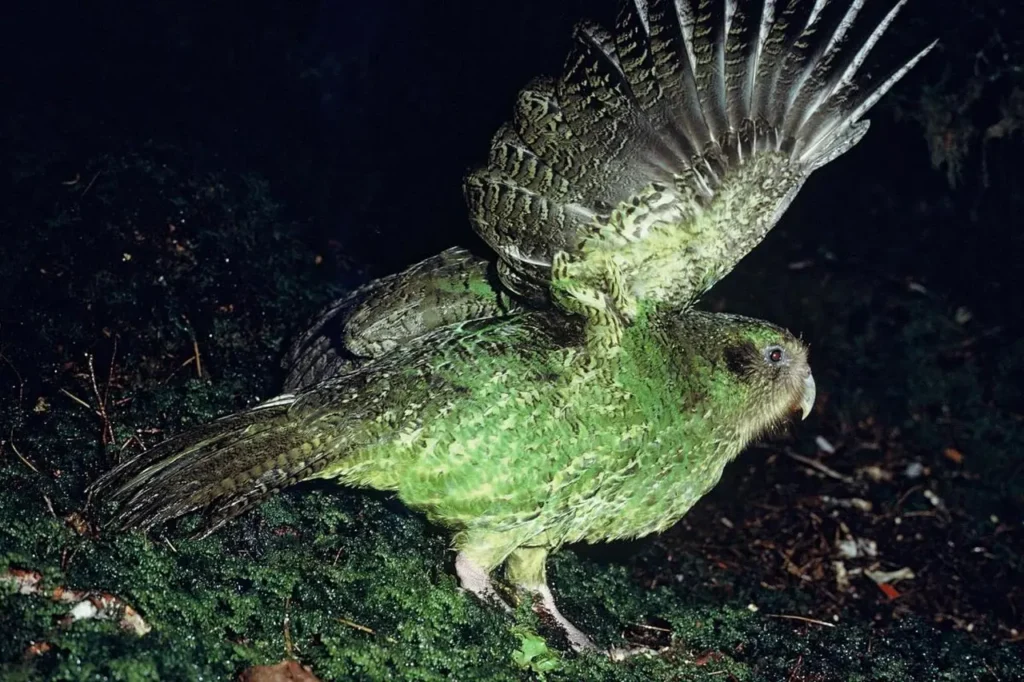
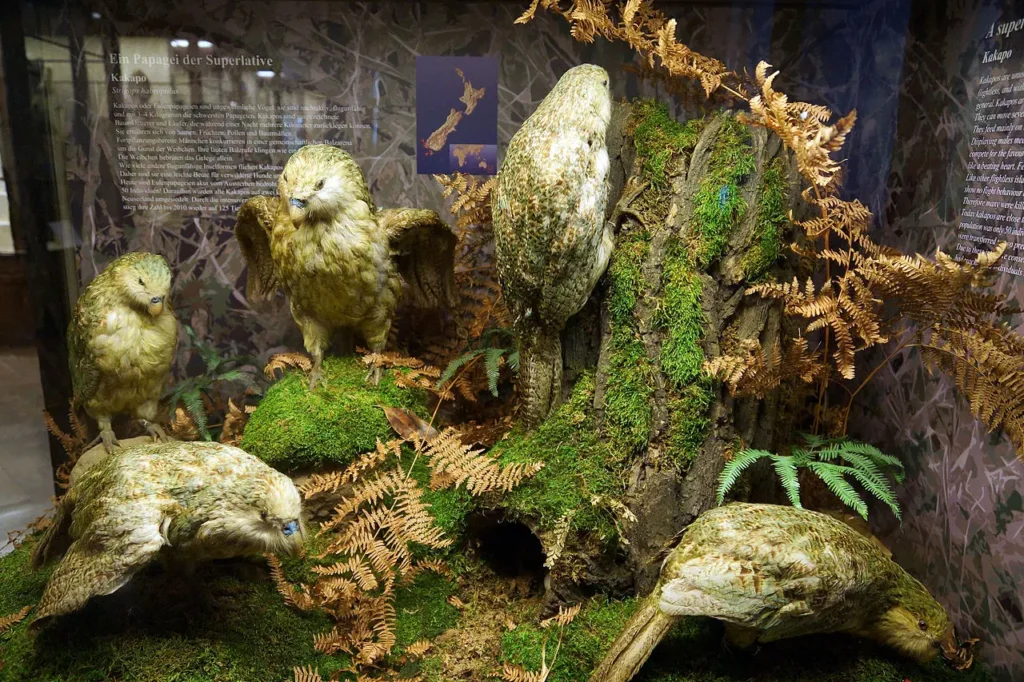
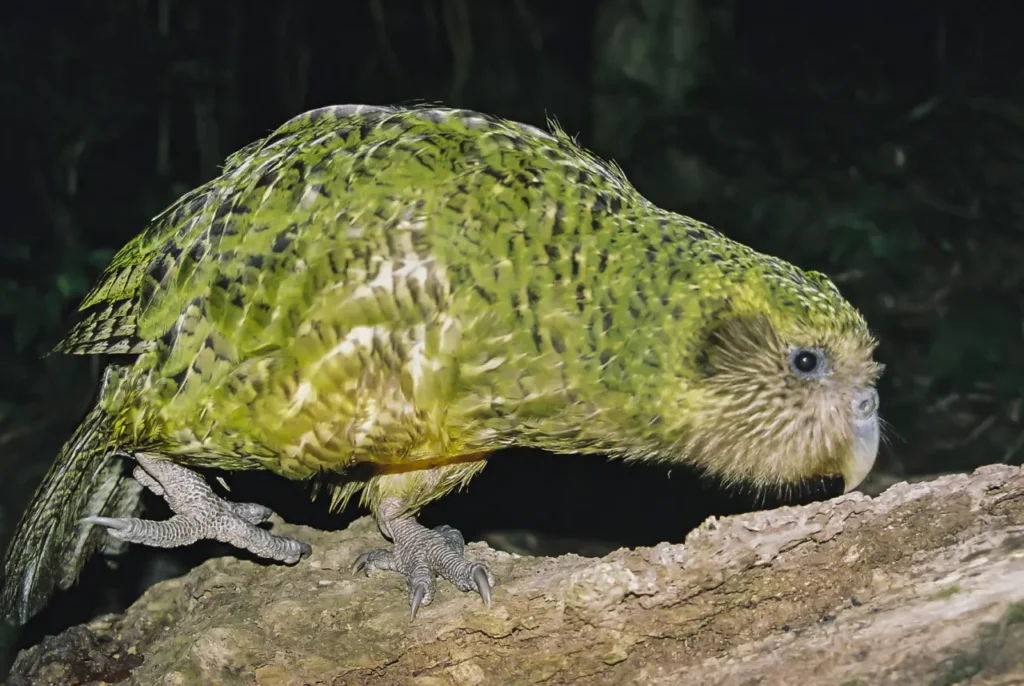

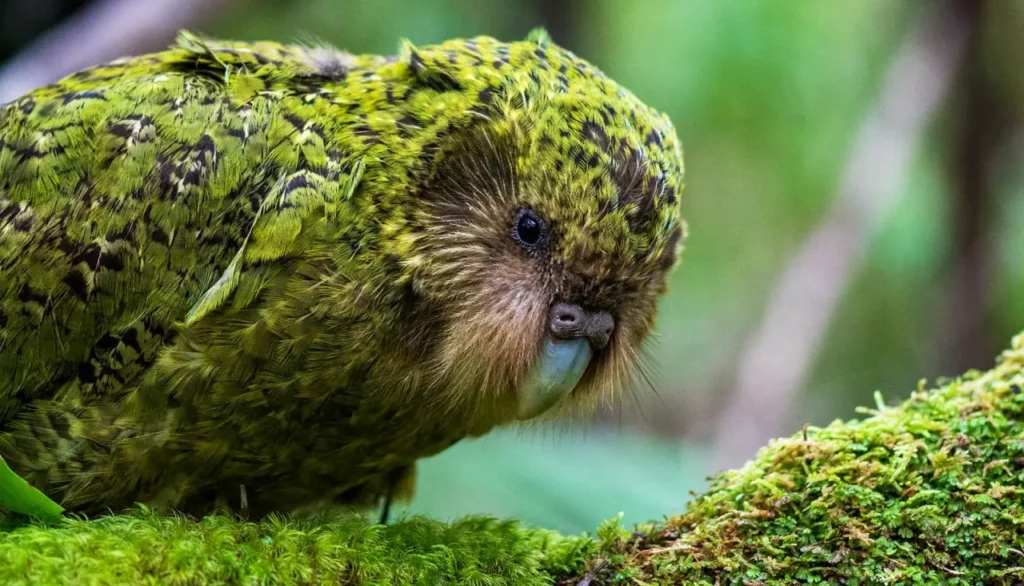
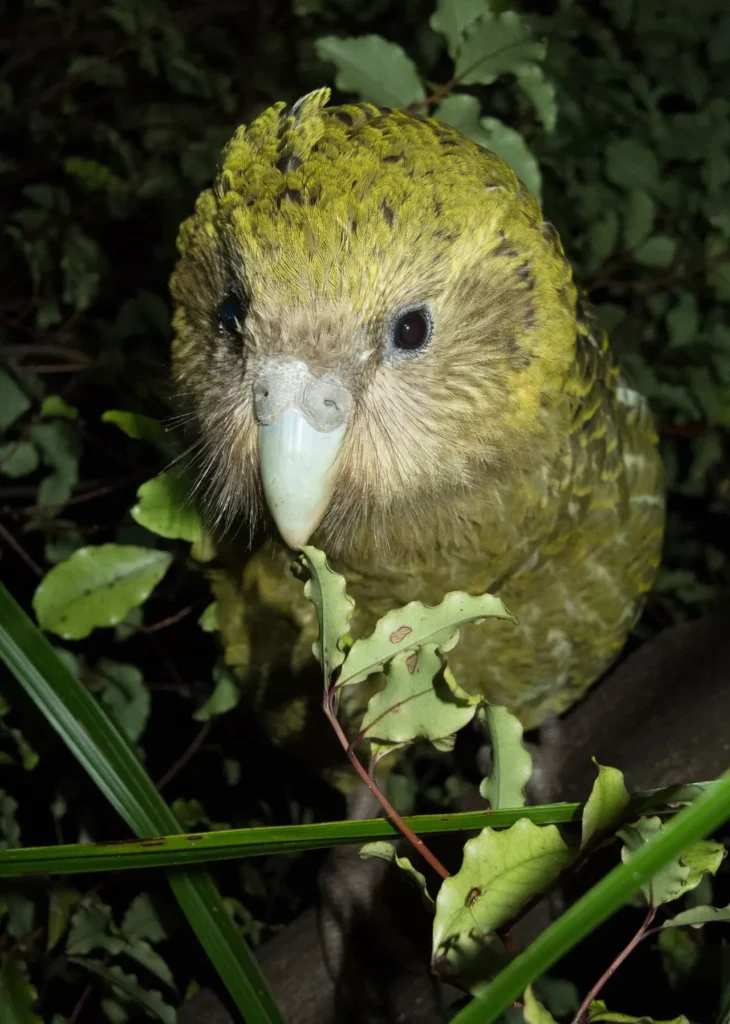
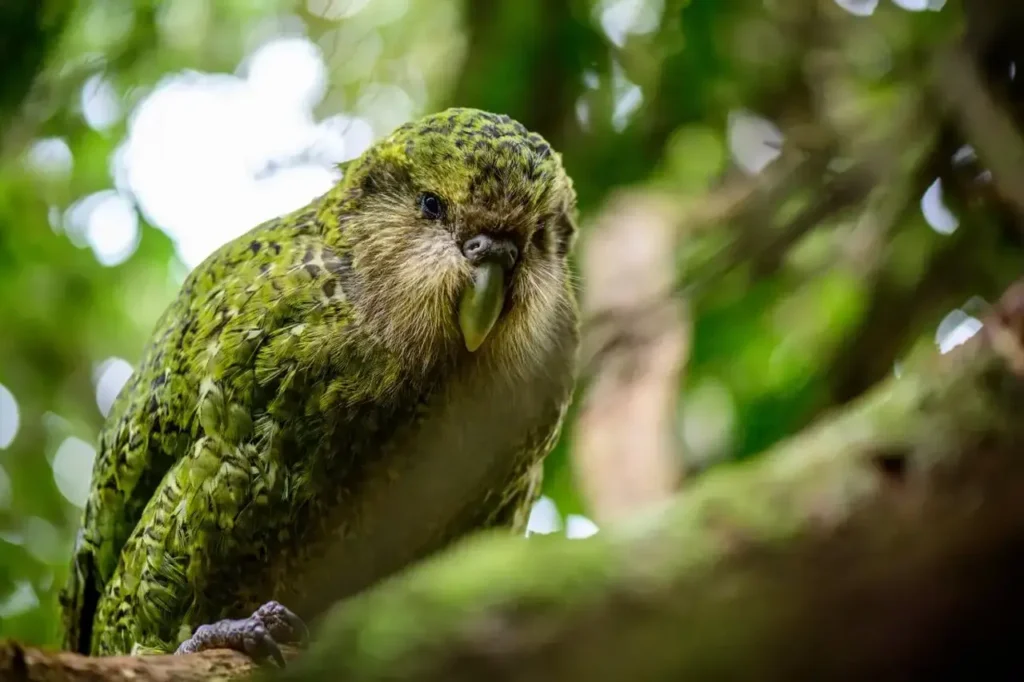
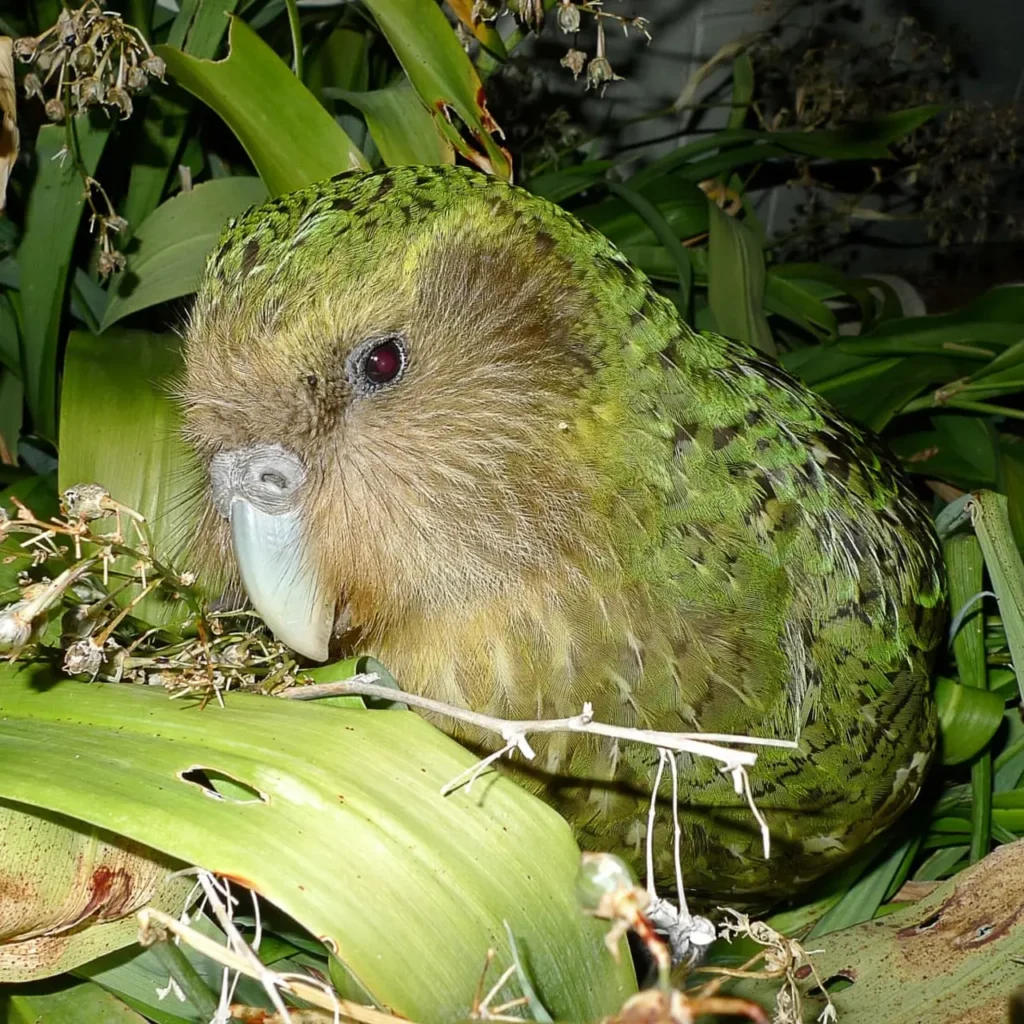
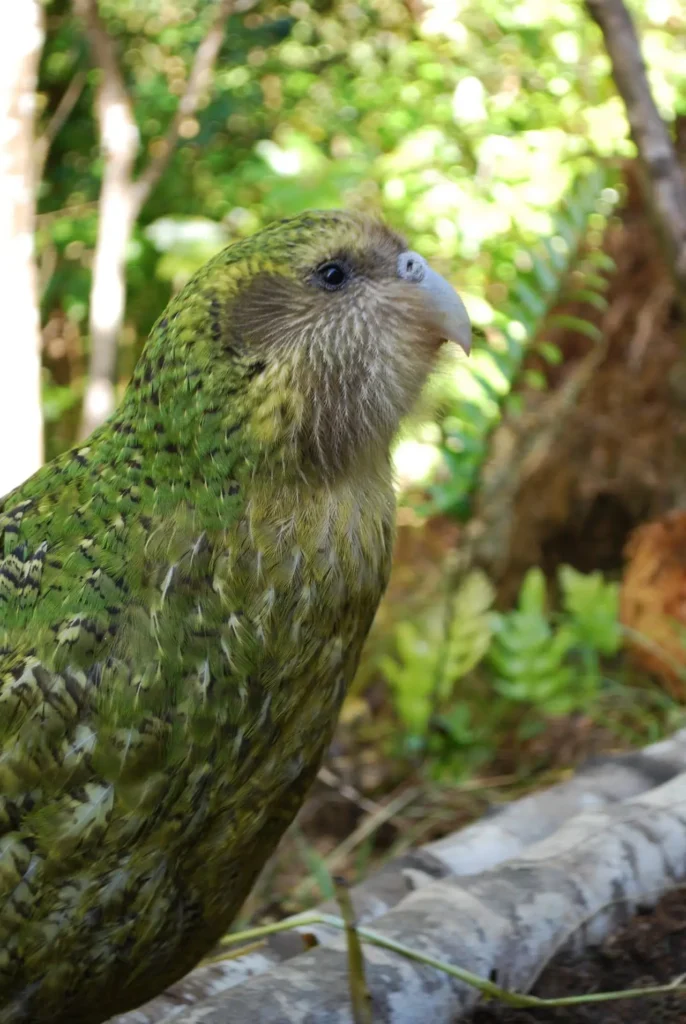
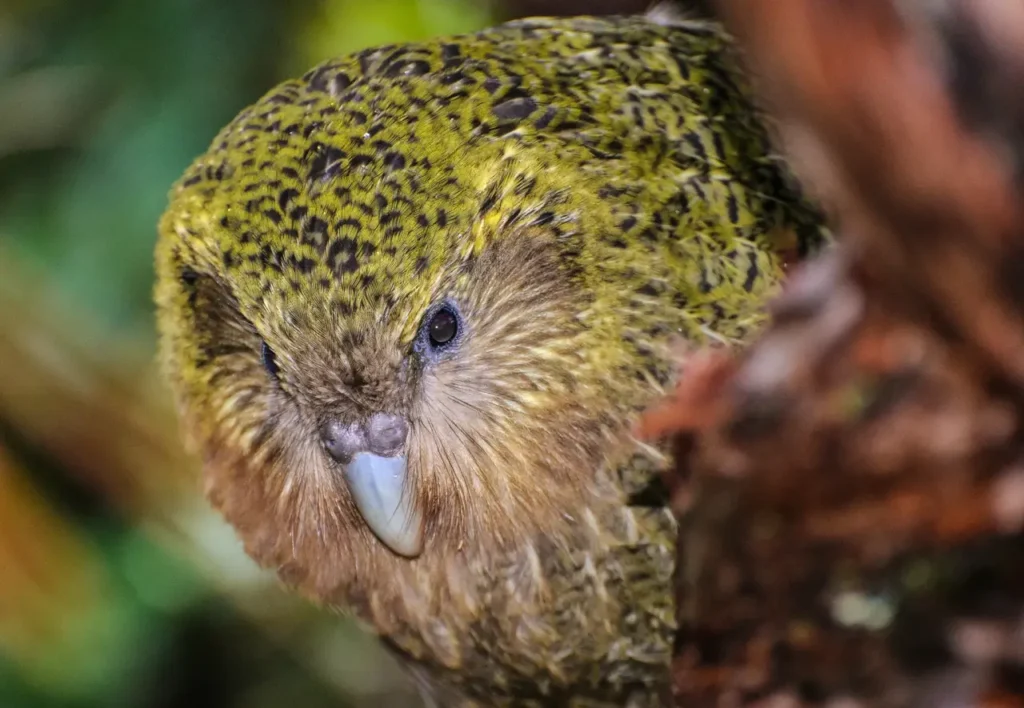
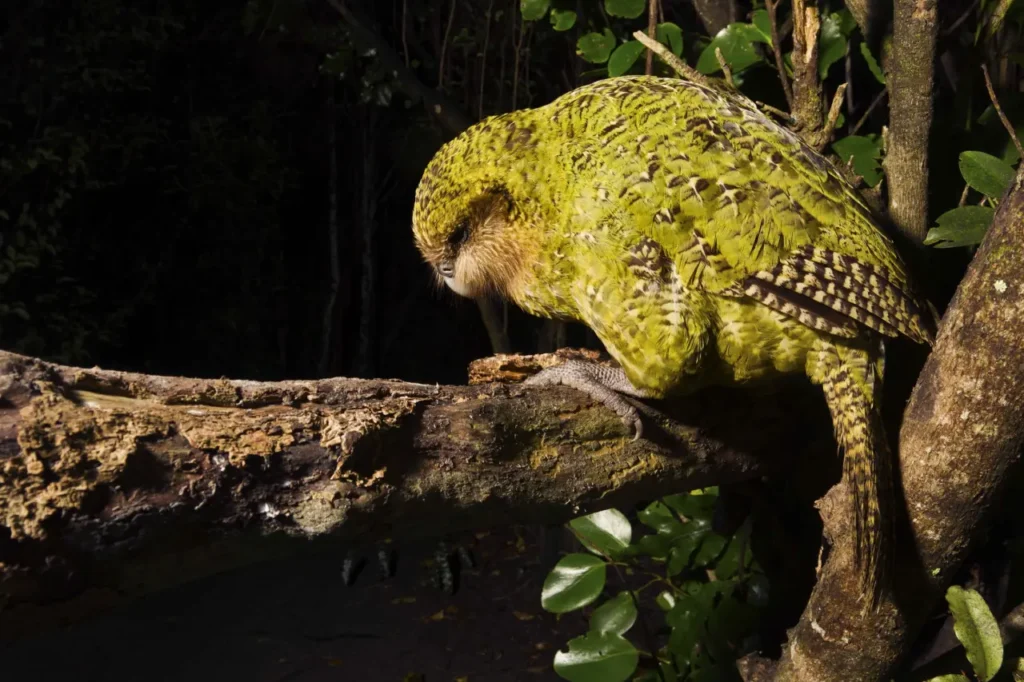
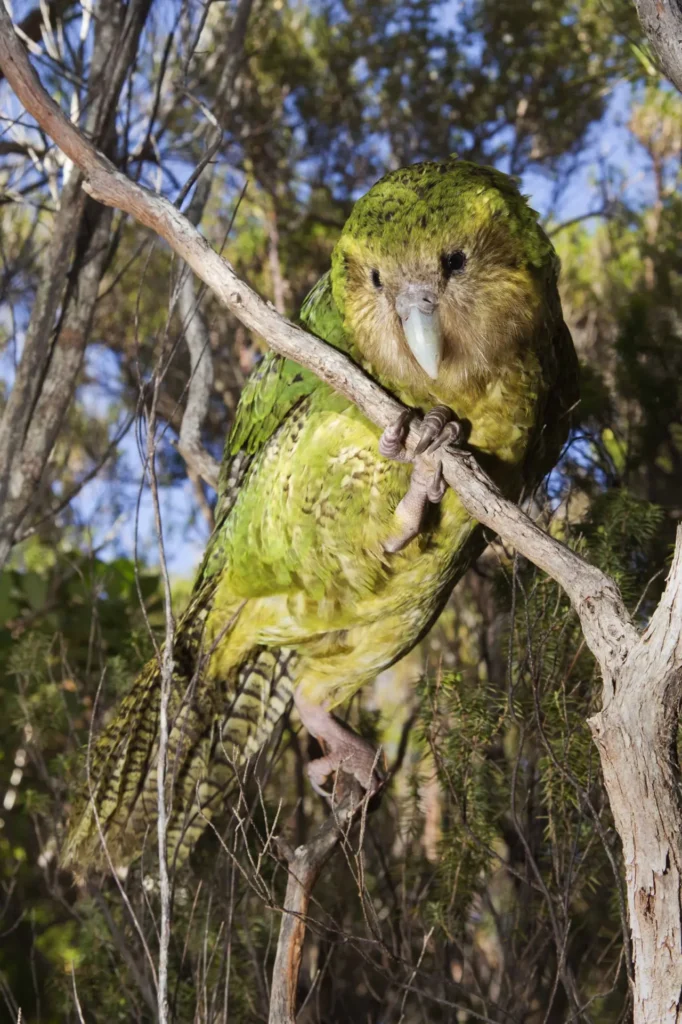
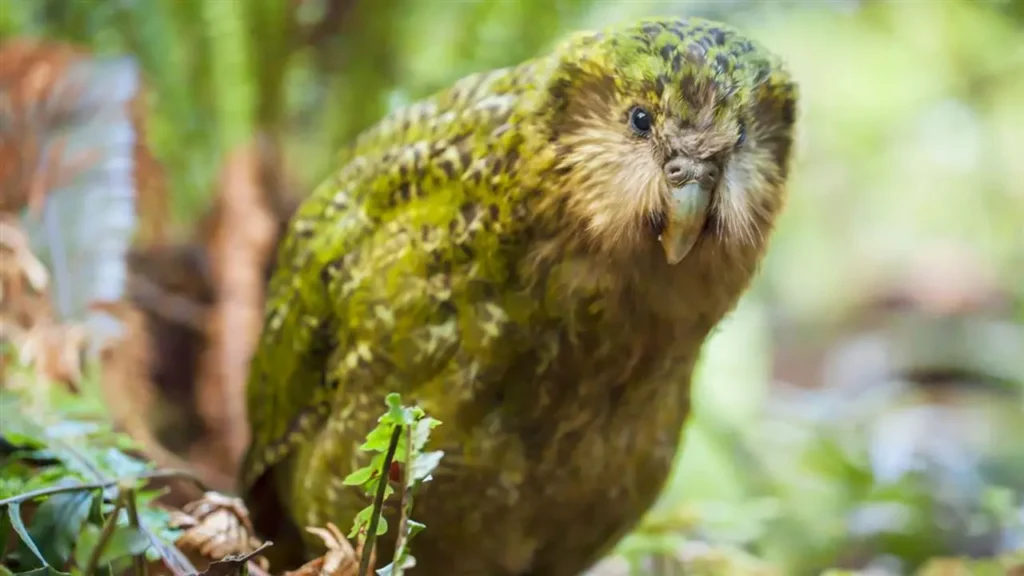
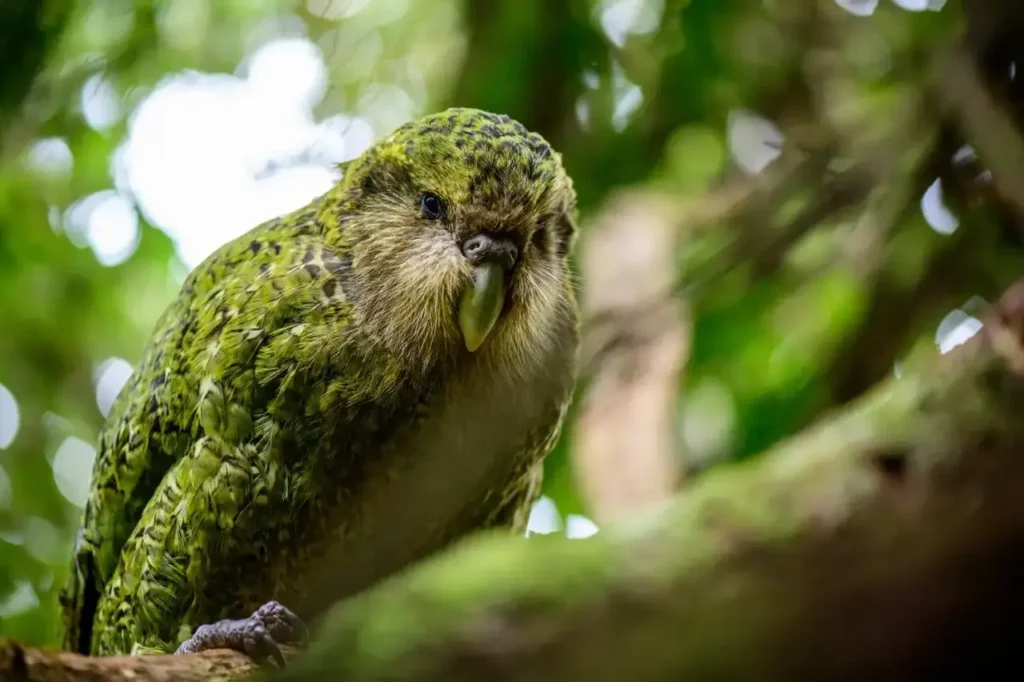

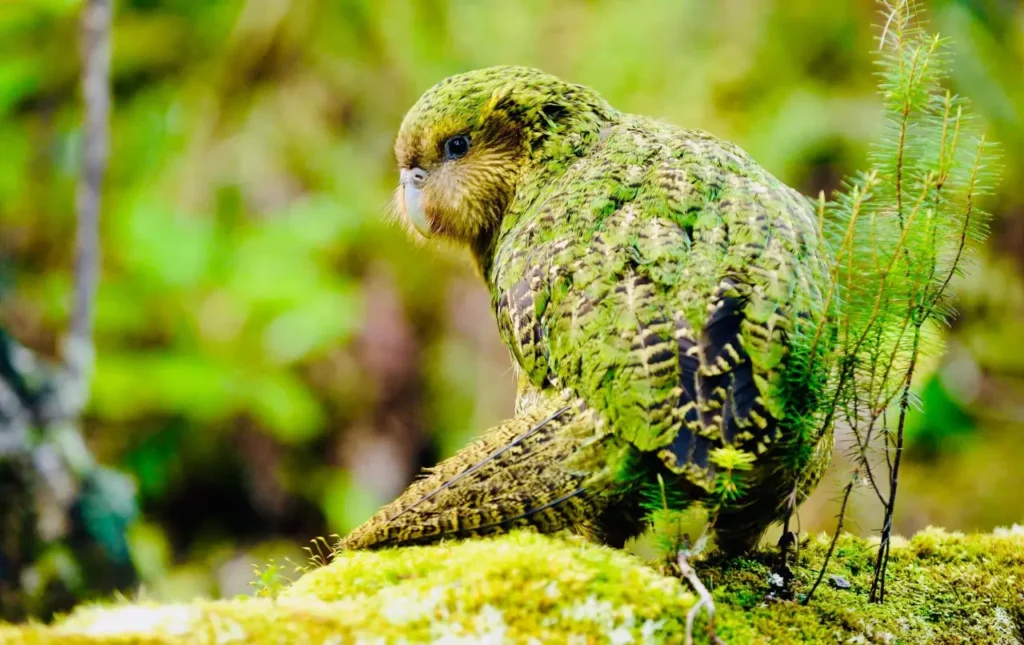

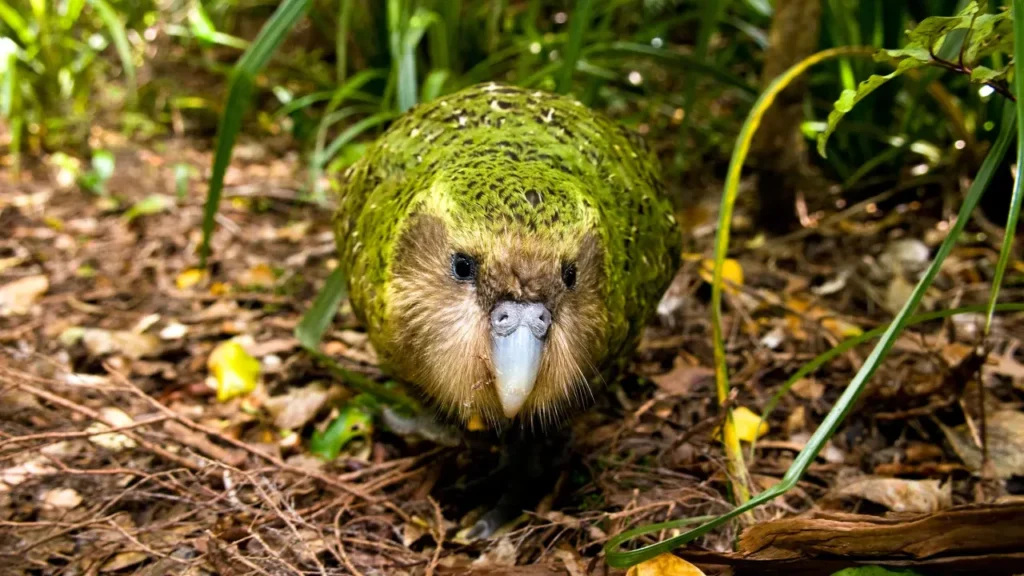
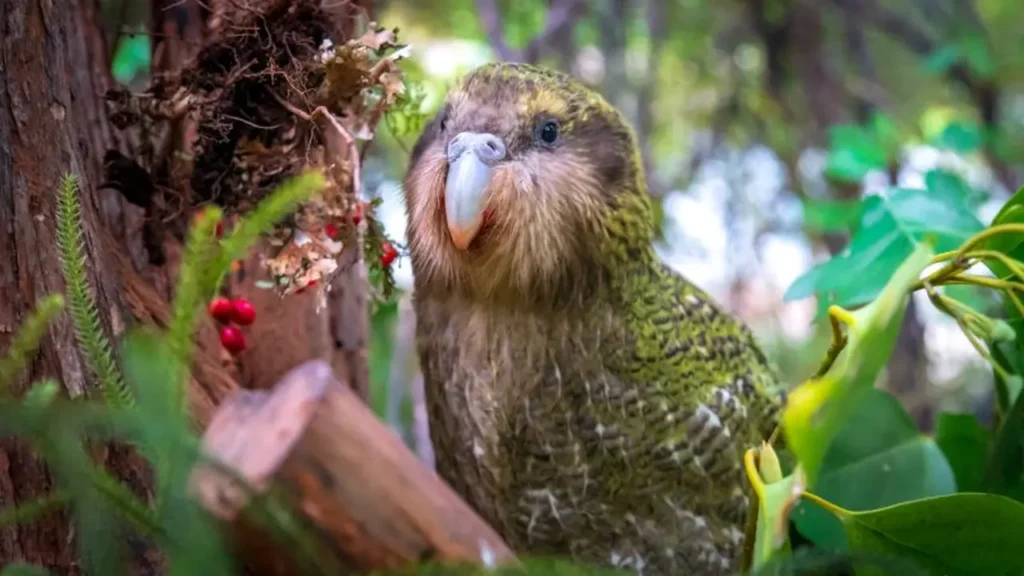

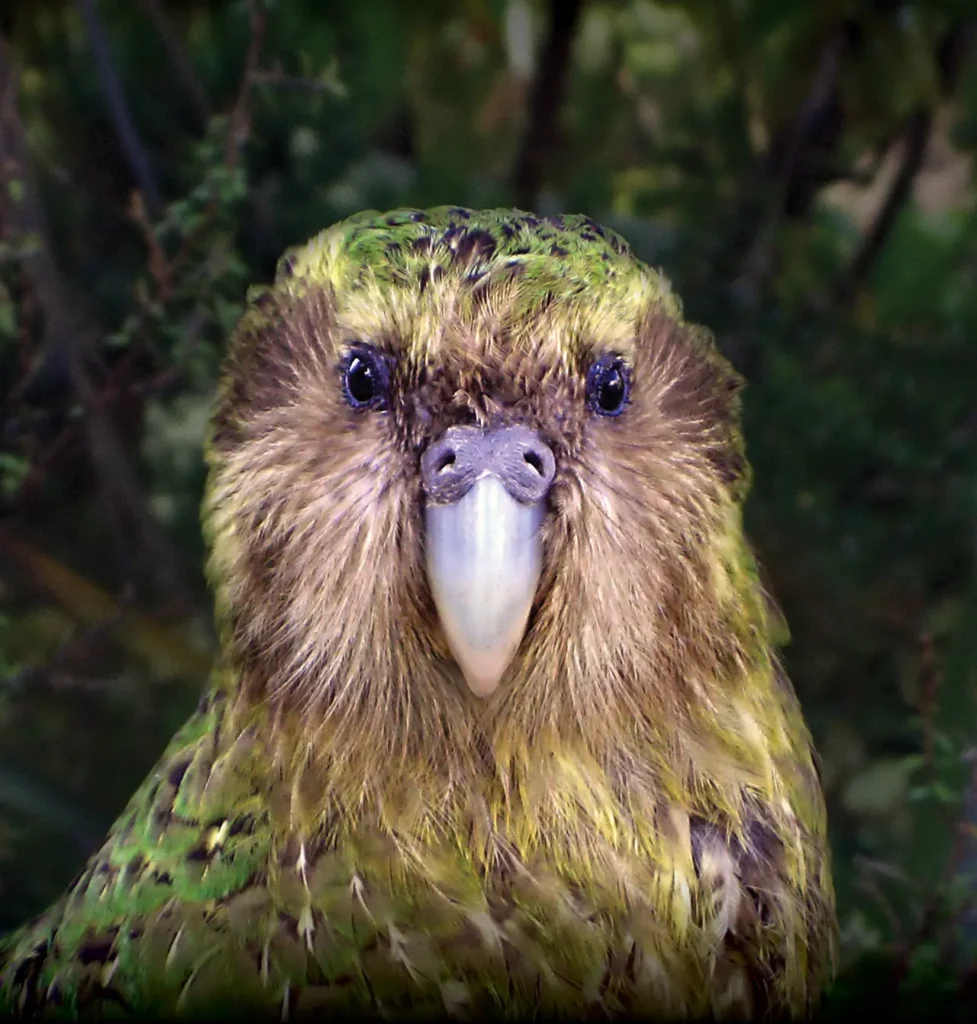
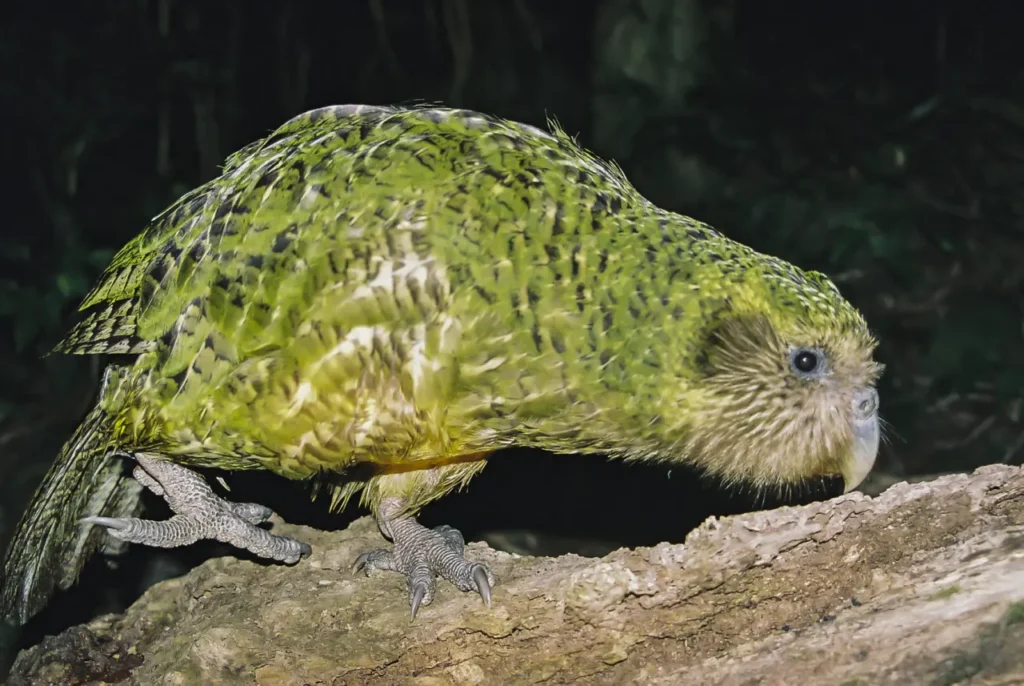
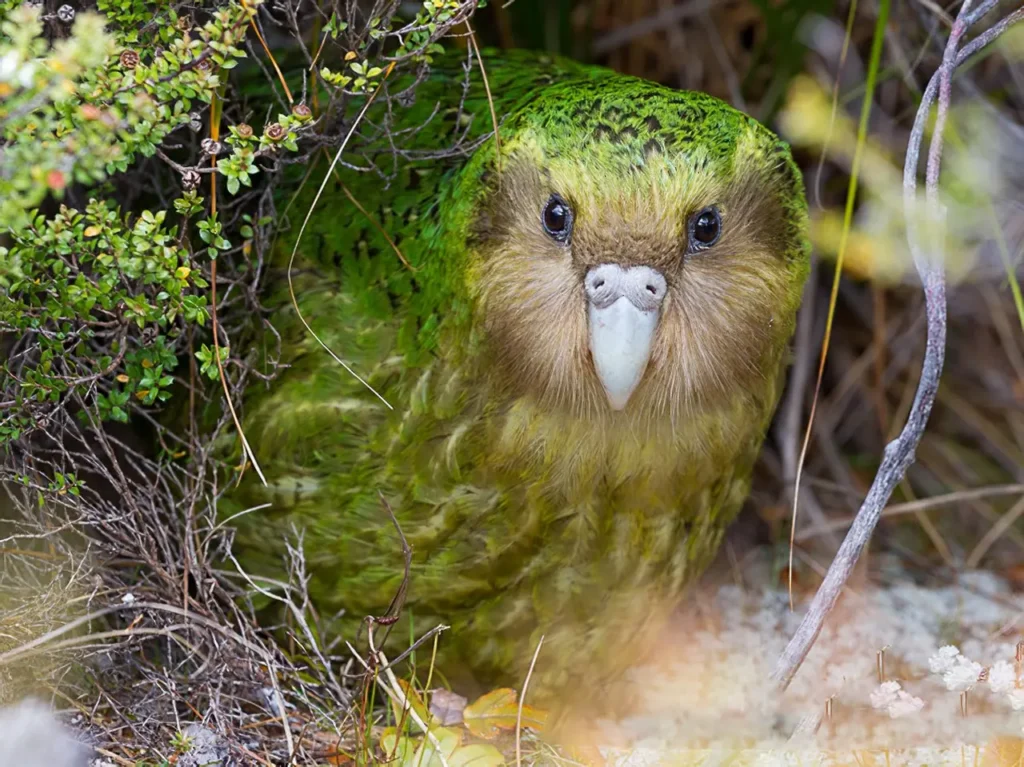
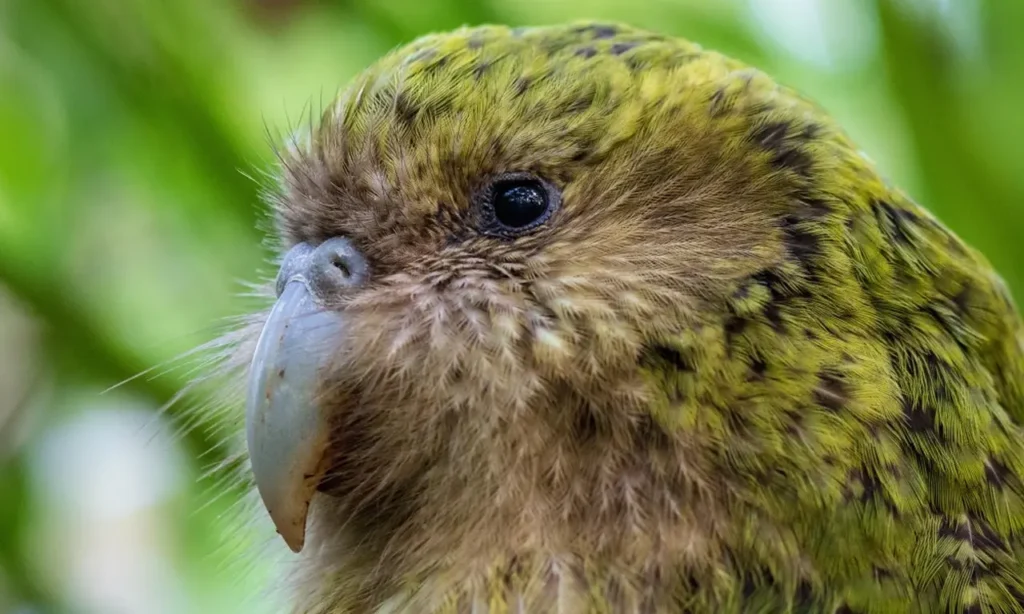
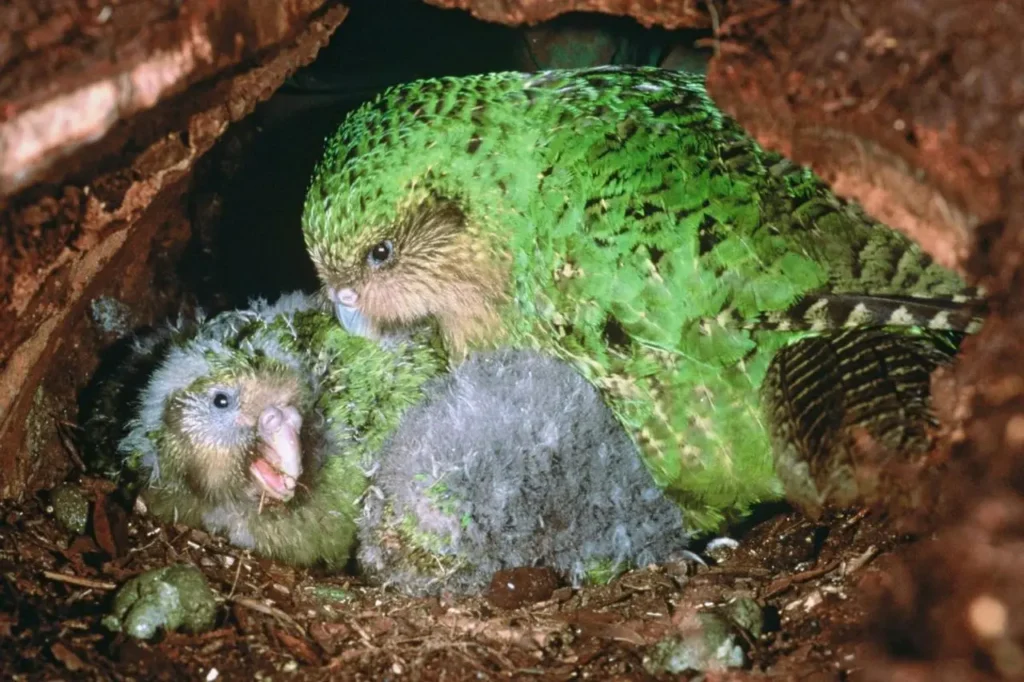
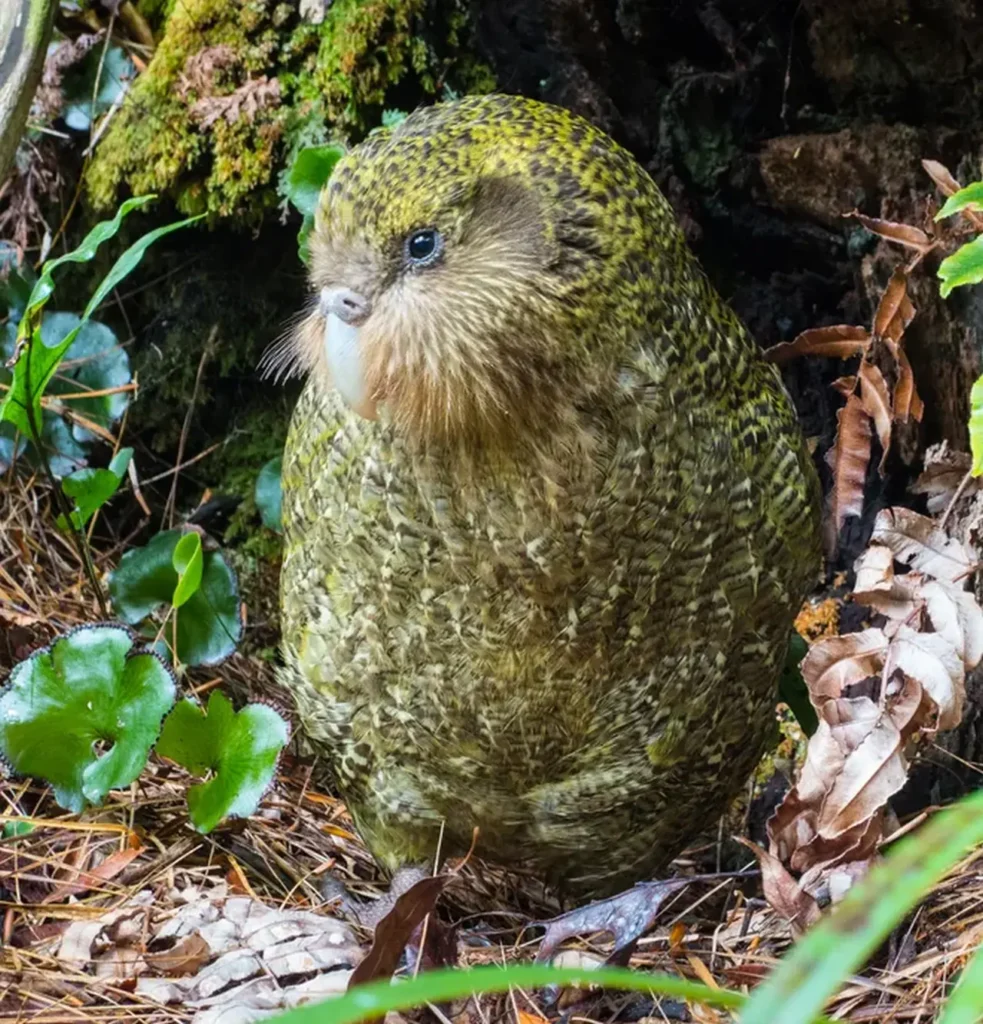
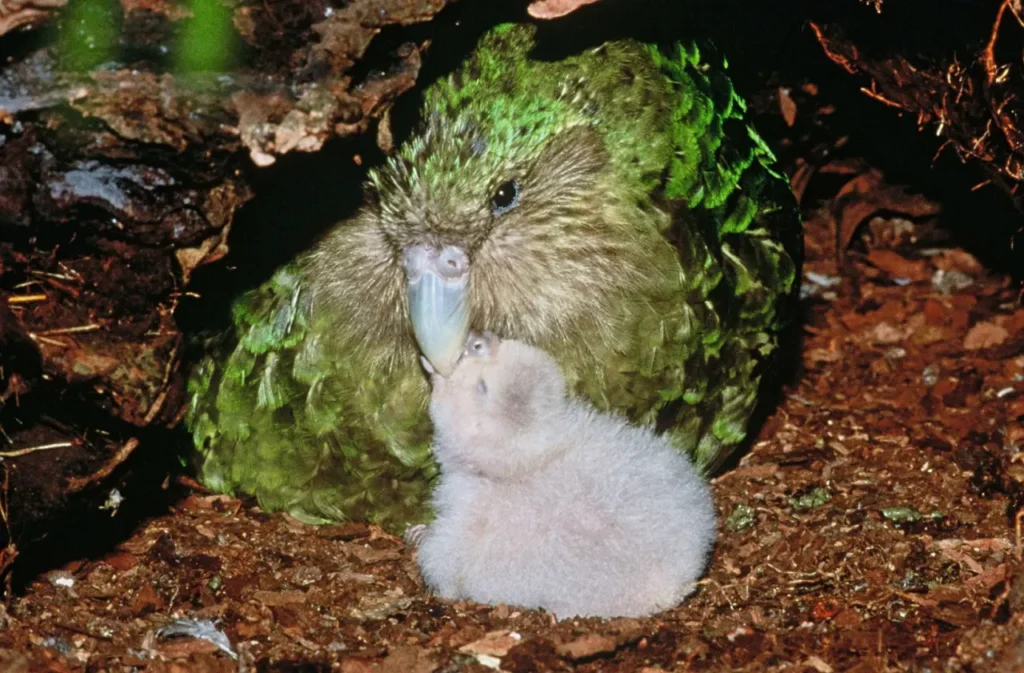
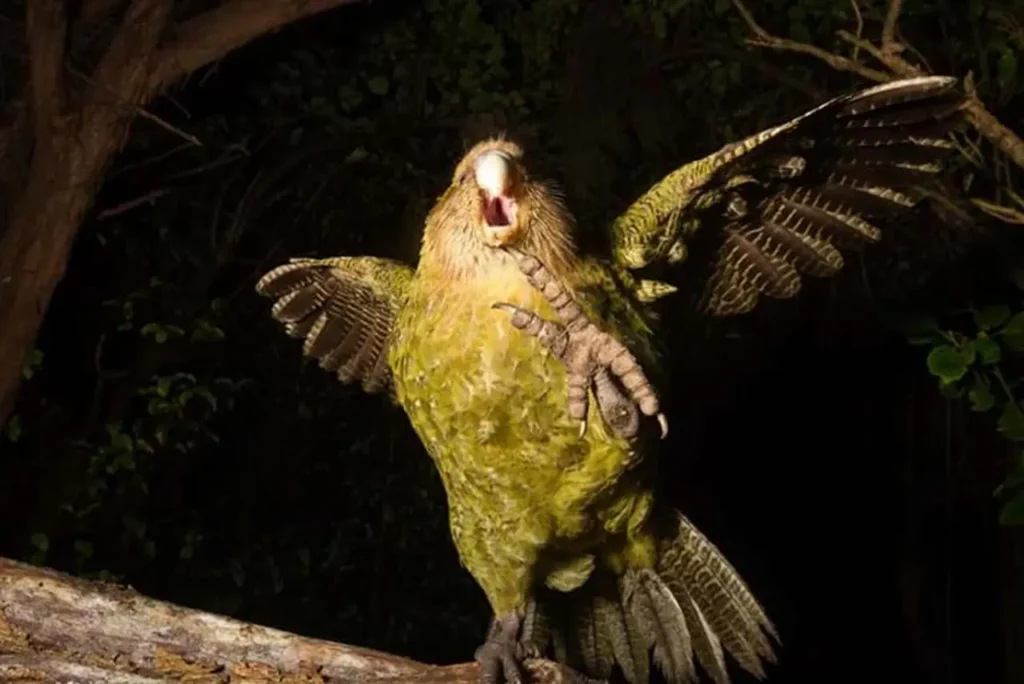
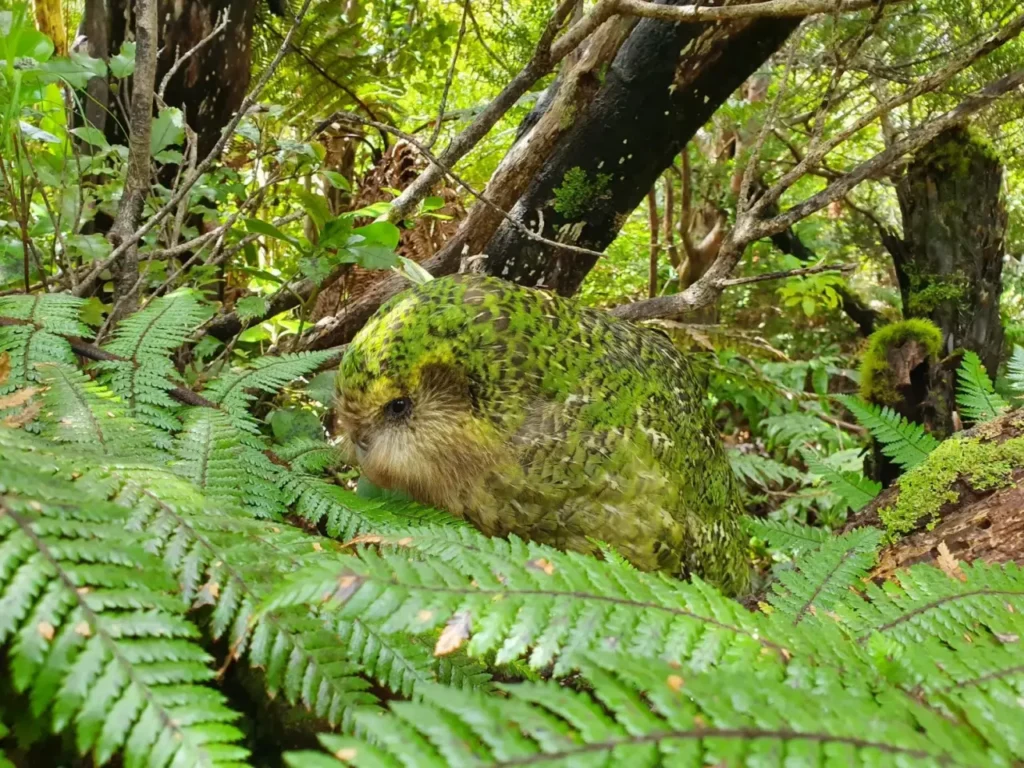
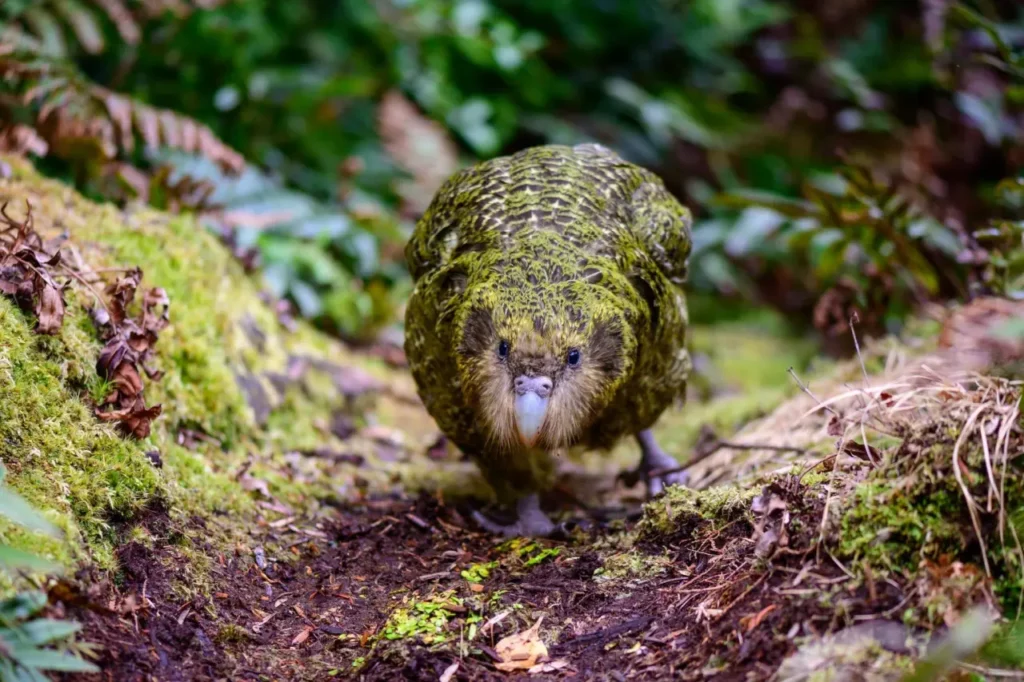
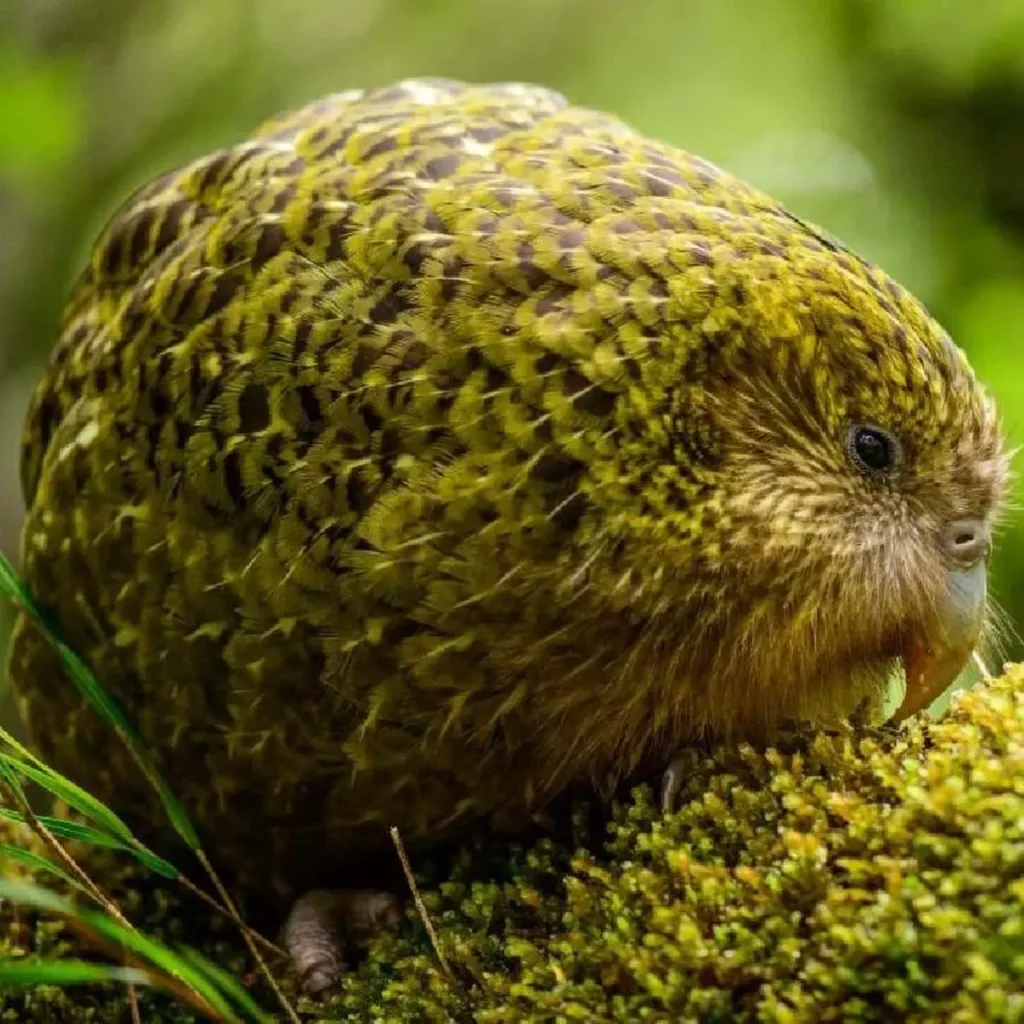
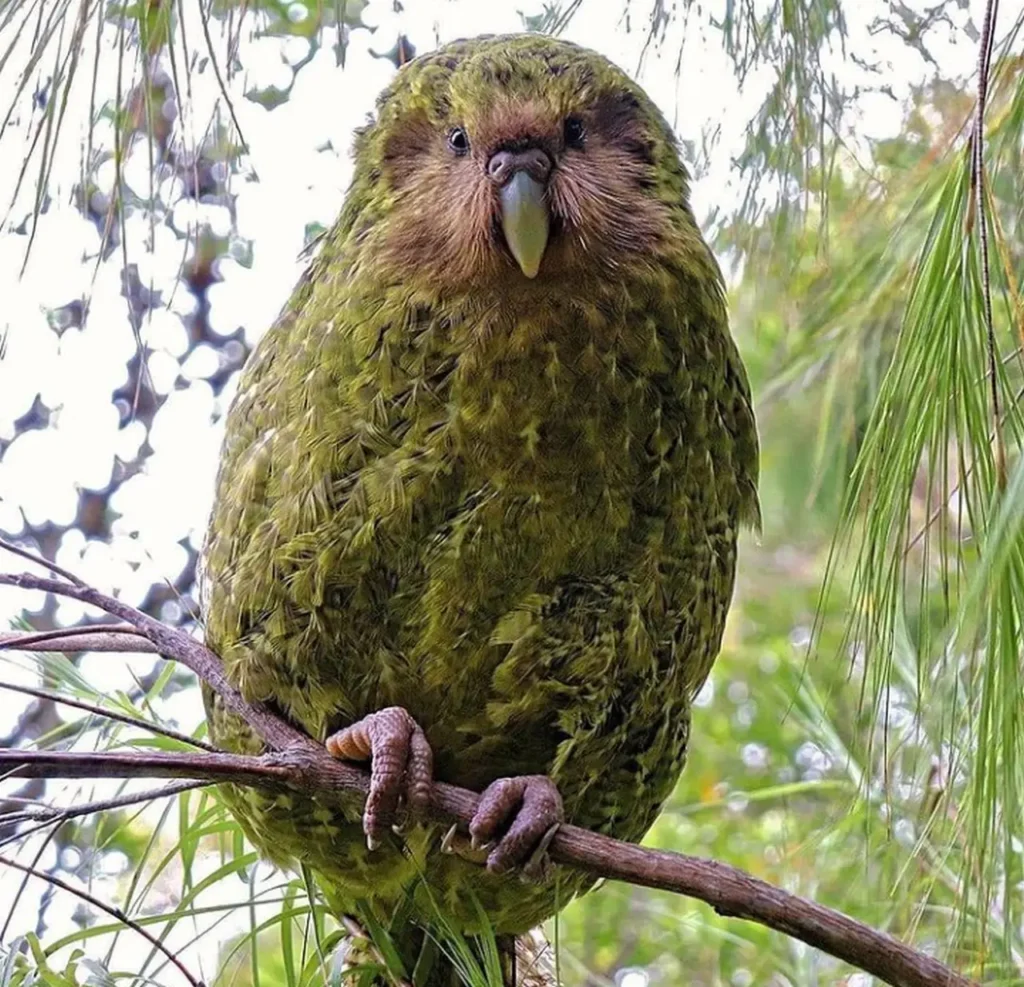
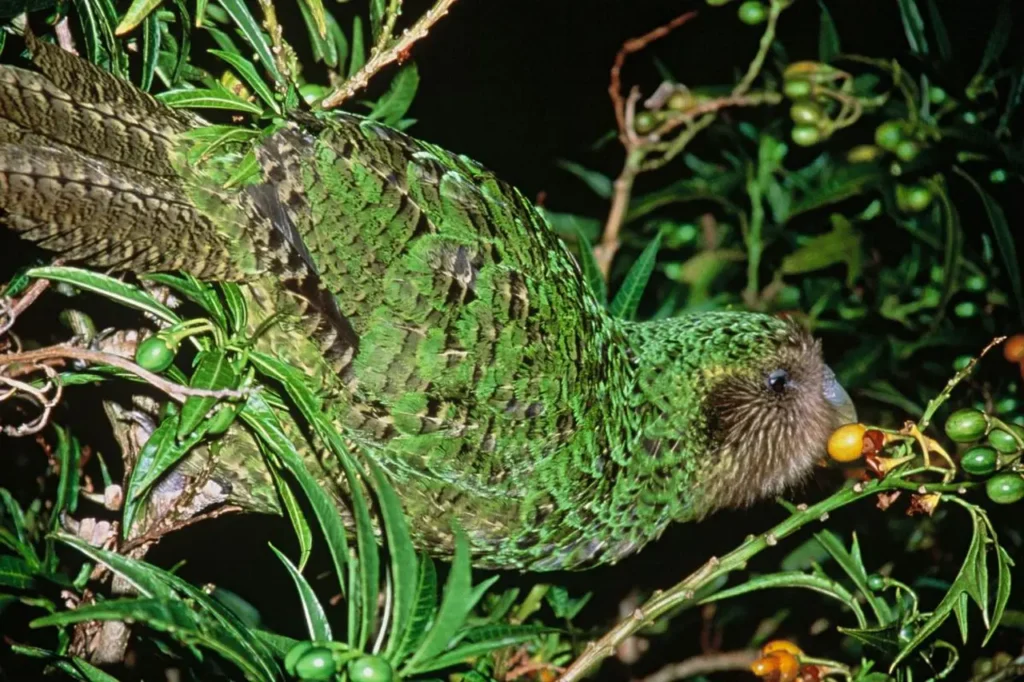
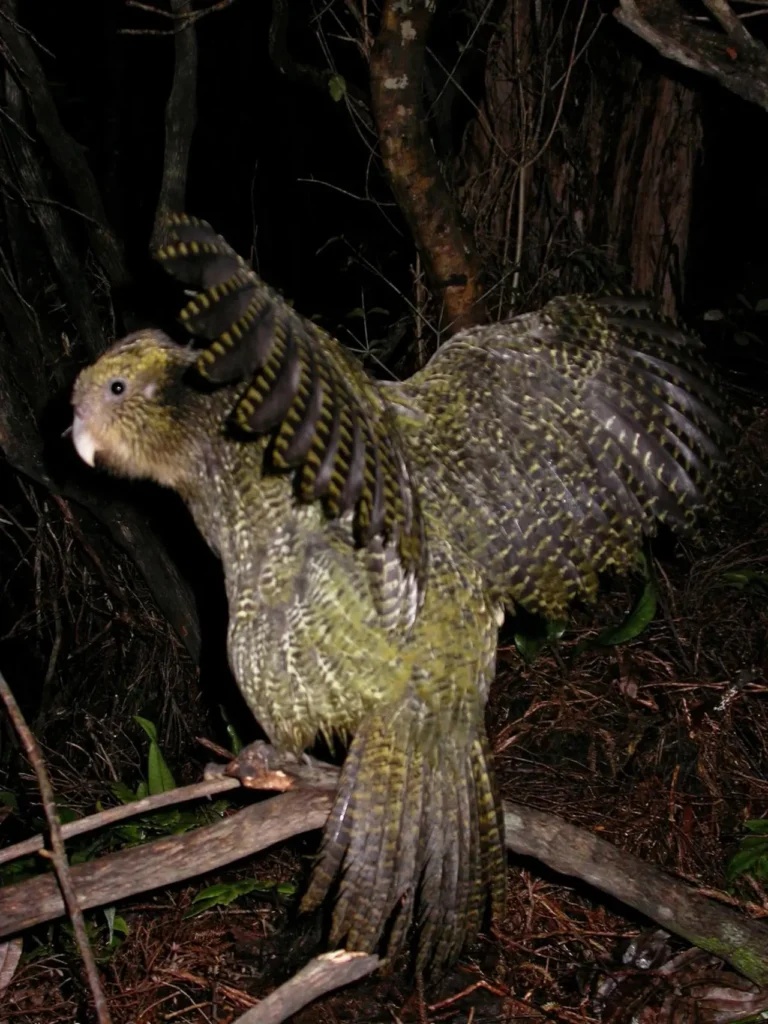
Appearance and Characteristics
The Kakapo is a truly remarkable bird in both appearance and behavior. It is a large, flightless parrot with a robust build, rounded body, and short wings. The males can reach a length of up to 60 centimeters (24 inches) and weigh around 2-4 kilograms (4.4-8.8 pounds), making them one of the heaviest parrot species in the world.
What sets the Kakapo apart is its distinctive moss-green plumage, which provides excellent camouflage among the forest floor and tree canopies. Their feathers are soft and fluffy, giving them a cuddly appearance that belies their wild nature. The Kakapo’s large, expressive eyes, adorned with a striking rim of bright feathers, further enhance its appeal.
Habitat and Distribution
Historically, Kakapos were found throughout New Zealand, including both the North and South Islands. However, due to centuries of habitat destruction and the introduction of predators, their range has drastically diminished. Today, they are restricted to a few carefully managed predator-free islands, including Codfish Island (Whenua Hou), Anchor Island, and Little Barrier Island.
Nocturnal Lifestyle and Adaptations
The Kakapo has adapted to a nocturnal lifestyle, being most active during the twilight hours and at night. This behavior helps protect them from predators and allows them to exploit a niche in the ecosystem that few other birds occupy. Their excellent night vision and acute hearing enable them to navigate their forest habitat and locate food sources in low light conditions.
Kakapos are also known for their remarkable climbing abilities, using their strong legs and claws to scramble up trees with agility. They have a unique ability to “freeze” when startled, relying on their camouflage to blend seamlessly with their surroundings.
Diet and Feeding Habits
The Kakapo’s diet consists mainly of native plant material, including leaves, bark, flowers, fruits, and seeds. It has evolved to rely on certain tree species, such as rimu, totara, and kahikatea, for its survival. This specialized diet contributes to the Kakapo’s vulnerability, as it relies on specific forest ecosystems that have been dramatically altered by human activity.
Breeding and Reproduction
Kakapos are known for their unique breeding behavior. Unlike many parrots, they have a lek breeding system, where males gather in specific areas and engage in elaborate courtship displays to attract females. These displays involve booming calls, bill-snapping, and fluffing of feathers, creating a mesmerizing spectacle. Females select mates based on the quality of the display and the males’ booming abilities.
The reproductive success of Kakapos is limited by their low population numbers and the infrequency of breeding events. Females typically breed every two to four years, and they lay only a few eggs per clutch. This slow reproductive rate further compounds the challenges faced by this critically endangered species.
Conservation Efforts and Challenges
The Kakapo faces numerous challenges on its path to recovery. Habitat loss, introduced predators such as rats, stoats, and cats, and diseases have had a devastating impact on its population. By the 1990s, the Kakapo population dwindled to a critically low number of just 51 individuals.
To save the species from the brink of extinction, dedicated conservation efforts have been undertaken. The Kakapo Recovery Program, initiated in the late 1980s, focuses on predator control, habitat restoration, captive breeding, and intensive monitoring of the remaining individuals. The program’s success has been slow but promising, with the Kakapo population gradually increasing in recent years.
An Emblem of Resilience and Hope
The Kakapo represents the fragility and resilience of New Zealand’s unique biodiversity. It serves as a poignant reminder of the impact humans have had on our natural world, as well as the importance of dedicated conservation efforts to protect endangered species. By supporting initiatives aimed at preserving the Kakapo’s habitat, eradicating predators, and raising awareness, we can contribute to securing the future of this enchanting parrot and help ensure that its charismatic presence graces New Zealand’s forests for generations to come.
